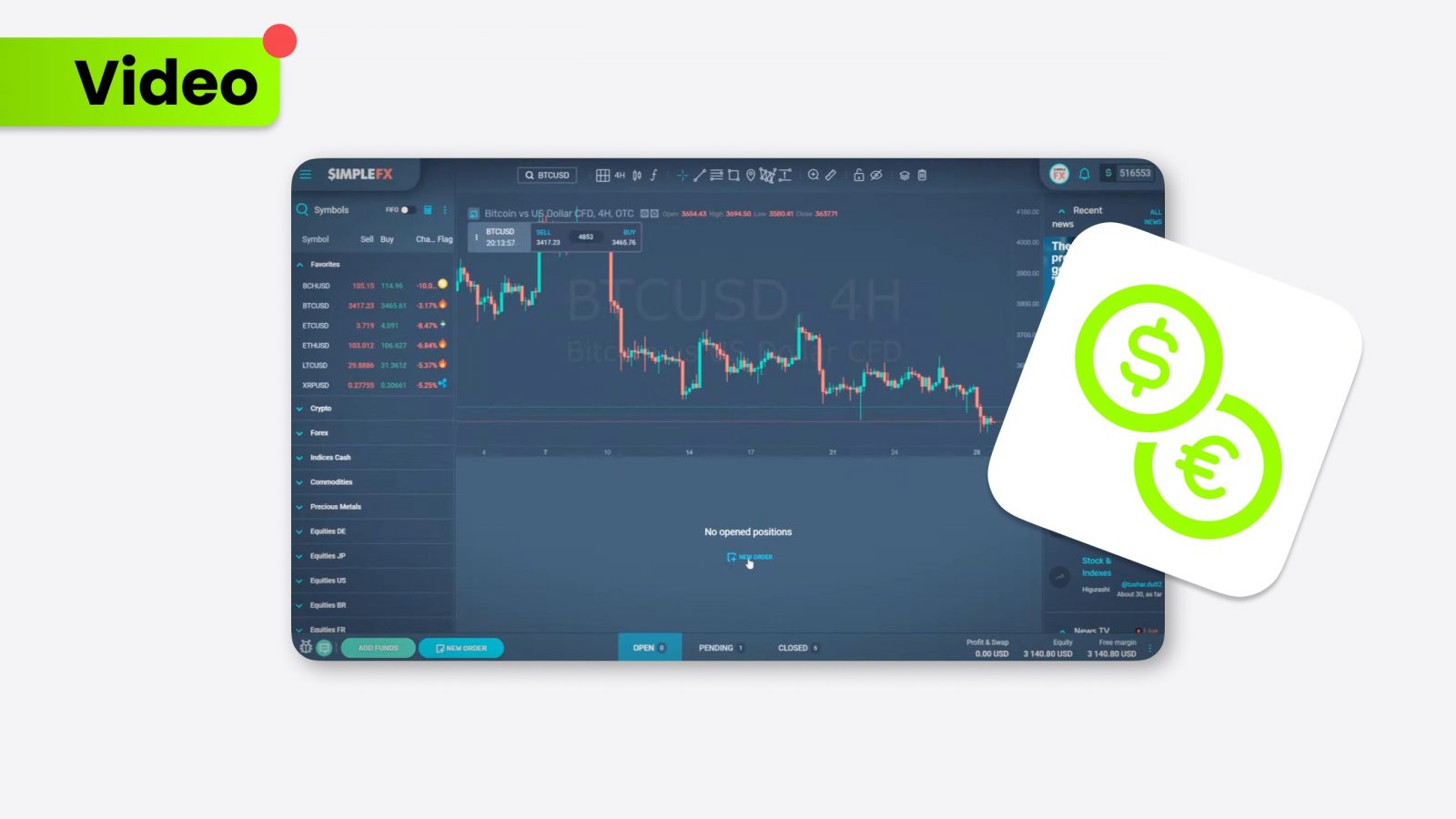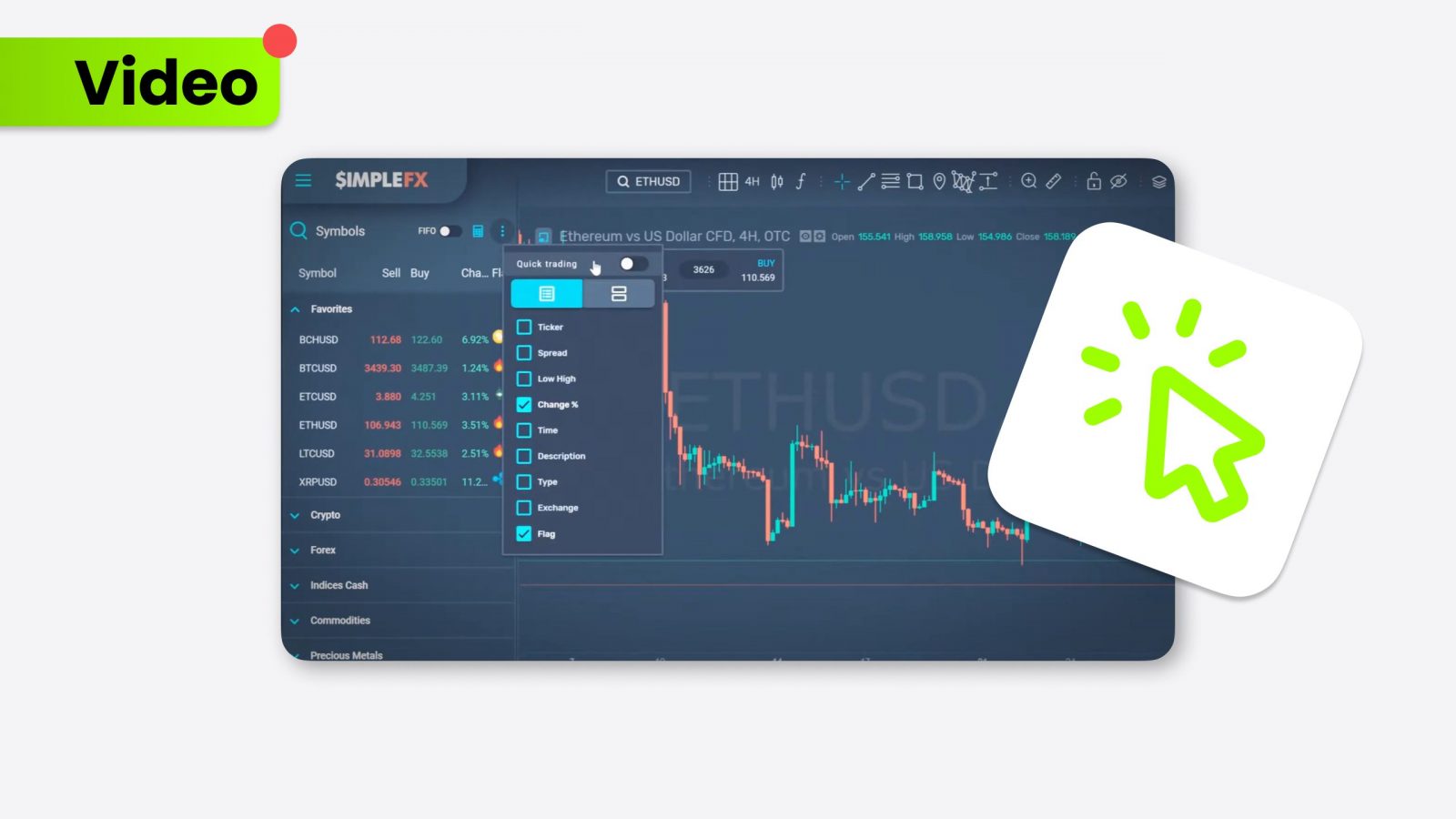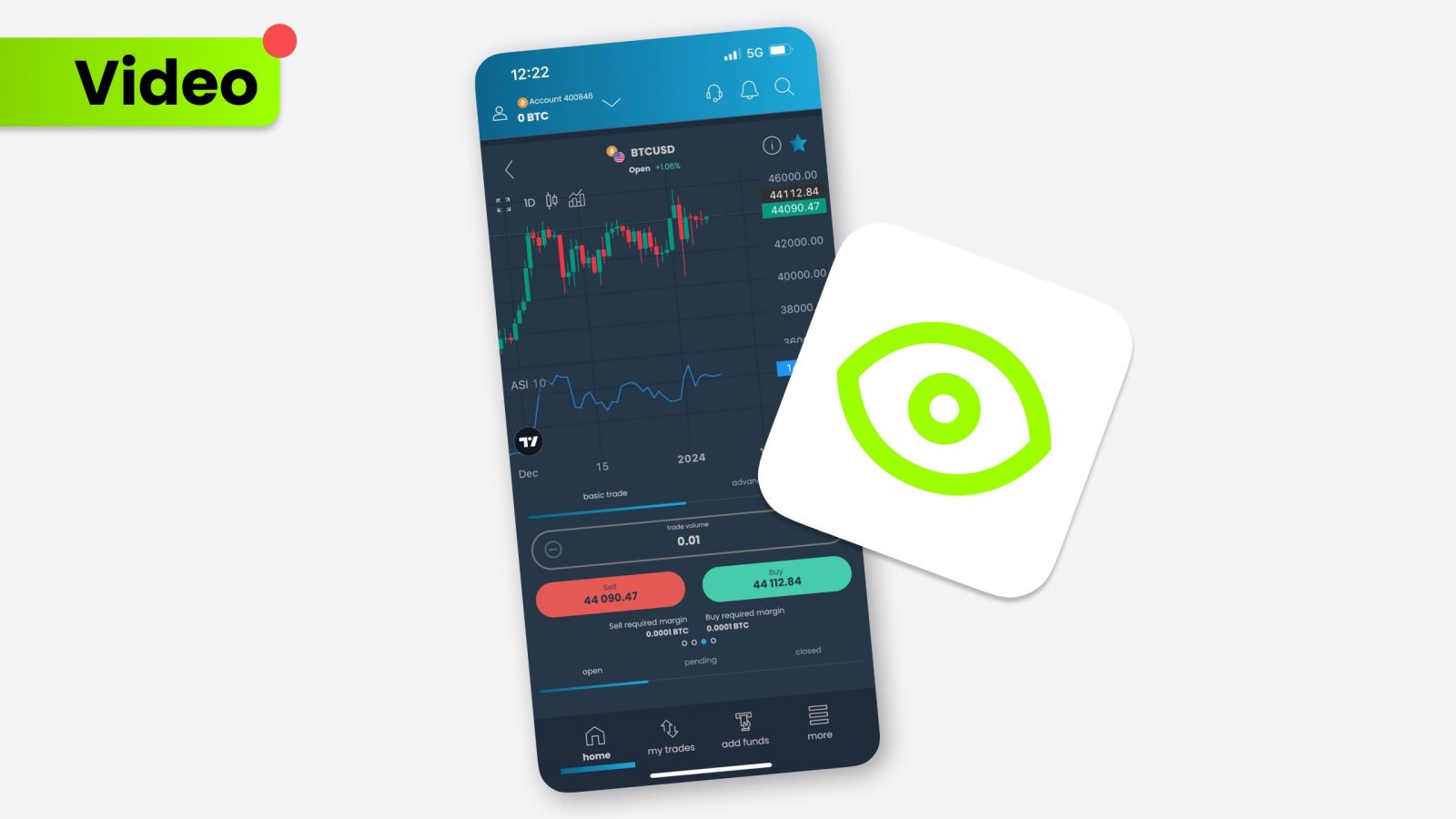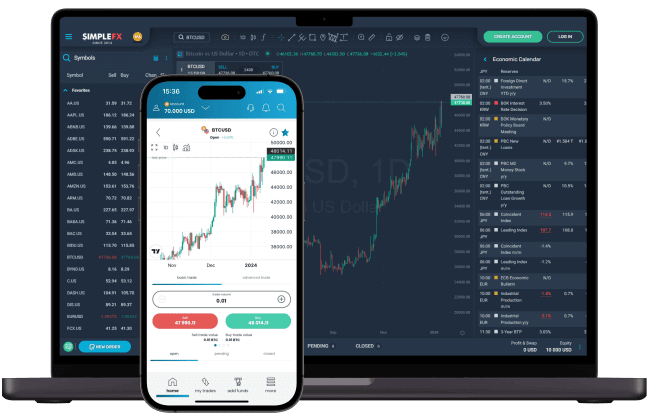Asian indices are crucial components of the global financial ecosystem, reflecting the diversity and growth of the region.
- Asian stock indices provide crucial insights into the economic health of specific Asian markets, tracking top companies across various sectors.
- Forex market fluctuations and global commodity prices significantly impact Asian stock market indices.
- Traders keep tabs on various currencies, including diversion between offshore and onshore Chinese Yuans.
What are asian stock indices?
Asian stock indices play a pivotal role in the global financial landscape. These indices track the performance of stocks listed on the Asian market. As barometers of market sentiment, they reflect the investment flow and are critical for investors who engage in equities trading.
While many traders are familiar with prominent American indices, Asian indexes are equally significant. They provide a window into an area of the world that is rapidly growing. These indices include various stocks, from AI equities to manufacturing powerhouses, and they vary widely across different Asian countries.
Furthermore, the performance of these indices can have a noteworthy impact on the forex market. Changes in the indices can influence investors’ confidence and cause shifts in currency values, especially in a region as economically diverse as Asia.
Examples of Asia stock market indices
A quick look at the most popular Asian stock market indices reveals the diversity and dynamism of this region’s markets.
NIKKEI225
The NIKKEI225, one of the most prominent Asia stock market indices, provides a broad snapshot of the Japanese equities market. It represents 225 major companies listed on the Tokyo Stock Exchange. The index is a crucial benchmark for anyone looking to understand the economic performance of Japan, reflecting the market trends and economic shifts within this significant Asian economy.
HSI50
The HSI50, or the Hang Seng Index, is another significant indicator within Asian financial markets, focusing on the top 50 companies by market capitalization listed on the Hong Kong Stock Exchange. This index stands as a barometer for the overall market performance in Hong Kong, encompassing a wide range of sectors.
ASX200
The ASX200 is Australia’s leading index, comprising the top 200 shares listed on the Australian Securities Exchange. It is a market-capitalization weighted and float-adjusted index, reflecting the actual market size of included stocks. Unique among major Asian indices, the ASX200 shares similar trading hours with other Asian markets. The index’s connection to gold trading and its influence on sector-specific movements is particularly noteworthy.
Factors impacting Asia stock market indexes
Asia stock market indices are influenced by several factors ranging from economic indicators to geopolitical events, but the impacts of the forex market and commodities trading are particularly notable.
Currency fluctuations heavily impact market dynamics within Asian indices. Movements in AUDUSD and the exchange rates from USD to JPY can directly affect the financial performance of companies listed in these indices.
Moreover, commodities are critical, especially for indices like the ASX200. Australia’s heavy reliance on commodities trading means that global commodity prices have a vital impact on the index. Changes in the prices of essential commodities, such as iron ore, coal, and gold, directly influence the market valuations of major Australian companies.
Another unique aspect influencing the Asian markets is the difference between offshore Chinese Yuan and onshore Chinese Yuan. The differences between CNH and CNY can lead to varied investment flows into and out of China, affecting Far Eastern companies and broader market sentiment across Asia.
Asian stock indexes: Summary
Asian stock indices serve as vital benchmarks for understanding market dynamics in the Asia-Pacific region. These indices, including Japan’s NIKKEI225, Hong Kong’s HSI50, and Australia’s ASX200, offer a snapshot of the diverse economic activities across Asia. They are influenced by various factors, from forex market fluctuations to global commodity prices, not to mention the performance of equities included in respective indexes.





















